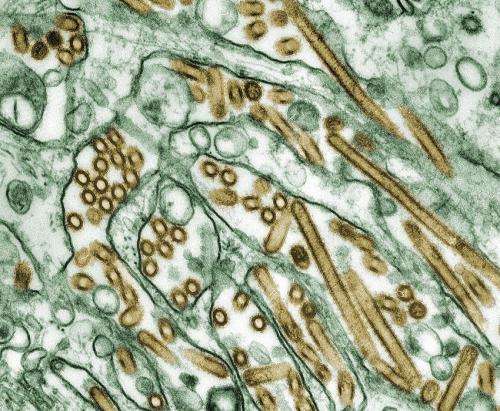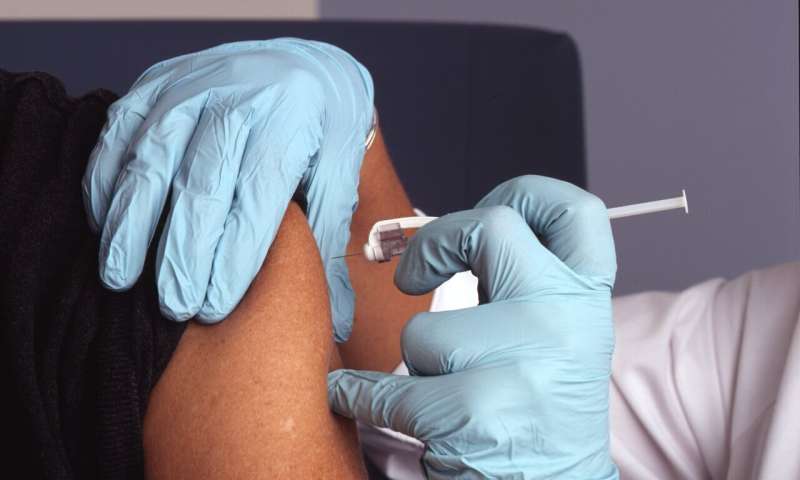Research Reveals How the Brain Structures Visuomotor Associations Using Graph-Like Memory Schemes

New research uncovers how the human brain organizes visuomotor associations into structured graph-like mental frameworks, enhancing movement planning and execution.
Recent findings have shed light on how the human brain organizes visuomotor associations, indicating that these are stored in structured, graph-like mental frameworks. A study published in Nature Human Behaviour by researchers from Yale University examined whether the brain utilizes cognitive graphs—networks of nodes (concepts) and edges (relationships)—not only for factual knowledge but also for movement planning. The researchers conducted experiments involving 182 participants who responded to visual cues by pressing specific keys. Some participants learned structured mappings linking visual features to motor actions, while others experienced random associations. Analysis of response times suggested that those with structured mappings retrieved responses by traversing mental graphs, indicating a neural basis for hierarchical visuomotor organization.
The study demonstrated that these mental graph structures persist even after days of practice and under pressure conditions, implying that the brain employs these networks for efficient movement planning. This research offers new insights into the role of structured memory in motor control, expanding our understanding beyond traditional declarative memory storage to include dynamic movement planning. Future investigations may explore how such graph-like representations influence real-world motor skills and adaptive behaviors.
The findings highlight that the brain's ability to organize visual and motor information into structured networks plays a vital role in both learning and executing movements, potentially paving the way for advancements in neurorehabilitation and skill training methodologies.
Source: https://medicalxpress.com/news/2025-06-brain-visuomotor-associations-graph-mental.html
Stay Updated with Mia's Feed
Get the latest health & wellness insights delivered straight to your inbox.
Related Articles
New Findings Challenge Beliefs About Dancers and Vestibular Suppression During Pirouettes
A new study reveals that dancers' ability to perform pirouettes is not due to suppressing their vestibular system but relies on active, anticipatory control of balance through brain plasticity. This discovery could inform improved fall prevention strategies.
New Guidelines Enhance Diagnosis and Treatment of Inflammatory Bowel Disease
Updated guidelines developed by the University of Nottingham aim to help clinicians diagnose and treat inflammatory bowel disease more accurately and rapidly, emphasizing early, effective therapy for better patient outcomes.
Measles Exposure Alert After NJ Transit Passenger Tests Positive
A measles exposure warning has been issued in New Jersey after a transit passenger tested positive. Authorities advise travelers on specific routes between August 13-15 to be vigilant for symptoms and ensure their vaccinations are current to prevent outbreaks.



